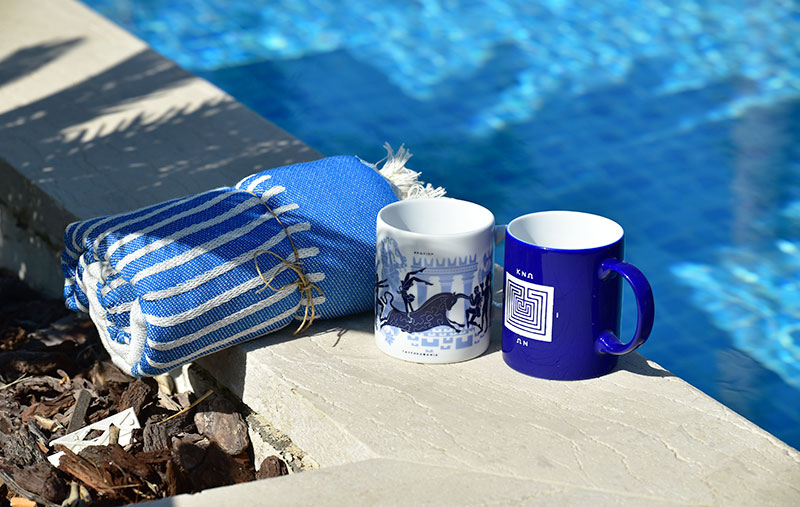This region of Greece, best visualized as a band of territory stretching northward for about 100 km from the northern shore of the Gulf of Corinth, plus the large island of Evia, is traditionally called "Steria Ellada (Continental Greece)."
When you think of Greece, your mind immediately goes to the blue and white color scheme of the architecture of its islands, along with its beautiful beaches and transparent, turquoise waters. Central Greece is different. Yes, it does feature some beautiful beaches along the north shore of the Gulf of Corinth. But it also has some of the most breathtakingly unusual "non-Greek" topography in the country.
It is a very mountainous region, containing 3 of Greece's 10 highest peaks. Also unusual for arid Greece, it has water: this includes Lake Trichonida, Greece's largest at nearly 100 square km, and Greece's 2nd longest river, the Acheloos. Like all of Greece's rivers, the Acheloos is not navigable commercially, but can be a lot of fun for river rafting. In addition the proximity of Central Greece's mountains to the shores of the Gulf of Corinth makes it the only place in Greece where you can, at certain times of the year, go skiing in the morning, and then hit the beach in the afternoon.
Two of Greece's most historically significant places can be found here: The ancient oracle at Delphi was considered the center of the earth. Indeed, it lies in the approximate center of Greece's peninsular land mass. A visit to Delphi, easily managed as a day trip from Athens, is an unforgettable experience, and one of the few absolutely "must-sees" of any journey to Greece. (Incidentally, Delphi is located on a spur of massive Mt. Parnassus, which offers great skiing facilities during the winter and into early spring.)
The second place of historical significance, Thermopylae, is the site of the ancient world's most noble Last Stand, when a handful of Spartans held off a massive Persian army at a narrow mountain pass by the sea. Over the centuries the sea has retreated, and the pass now overlooks a flat plain stretching eastward, but on cold days the steam rising from the still-present hot springs of Thermopylae can be seen from a great distance.
There is a "Loutro-" a spa- at Thermopylae, where one can take advantage of the warm mineral springs from which the place (Thermopylae = "hot gates") gets its name. Not far from Thermopylae there is a much more developed spa at Kammena Vourla. Both places are in the regional unit of Fthiotida.
Central Greece is also home to Thebes, one of Classical Greece's leading city-states. Homer referred to it as "Seven-Gated Thebes." Located in the regional unit of Boeotia, Thebes figured prominently in Greece's past as the locale of stories of Oedipus and Dionysus, and the story of Seven Against Thebes. Thebes was a major regional rival to Athens. Boeotia has a well-developed tourist economy. Being just a few hours from Athens, it's perfect for day trips from the capital.
Central Greece is a region of fascinating mountain villages, beautiful seascapes, historical places, lakes and rivers. It is also home to Greece's second largest island, Evia. A rule of thumb when travelling anywhere is go where the locals go, and Evia is just such a place. Thousands of Athenians go to Evia every summer. Evia is not that well known mainly because it is so large, and because the fact that you can drive onto it over a short bridge from the mainland at the city of Halikida. Evia has stunning beaches, mountains, wetlands, a nice river, and the major population center of Halkida, which was once a prominent, colony-founding city-state. Southern Evia is drier and resembles the Cyclades, the closest of which, Andros, is only 15 km from its southern end (although there is no ferry service there as of yet.) Northern Evia, 170 km to the northwest, is more heavily forested, and wetter, like the Sporades Islands, the nearest of which is only, again, 15 km away.
Central Greece has something for everyone. This somewhat overlooked region of Greece deserves a second look from the discerning tourist.












